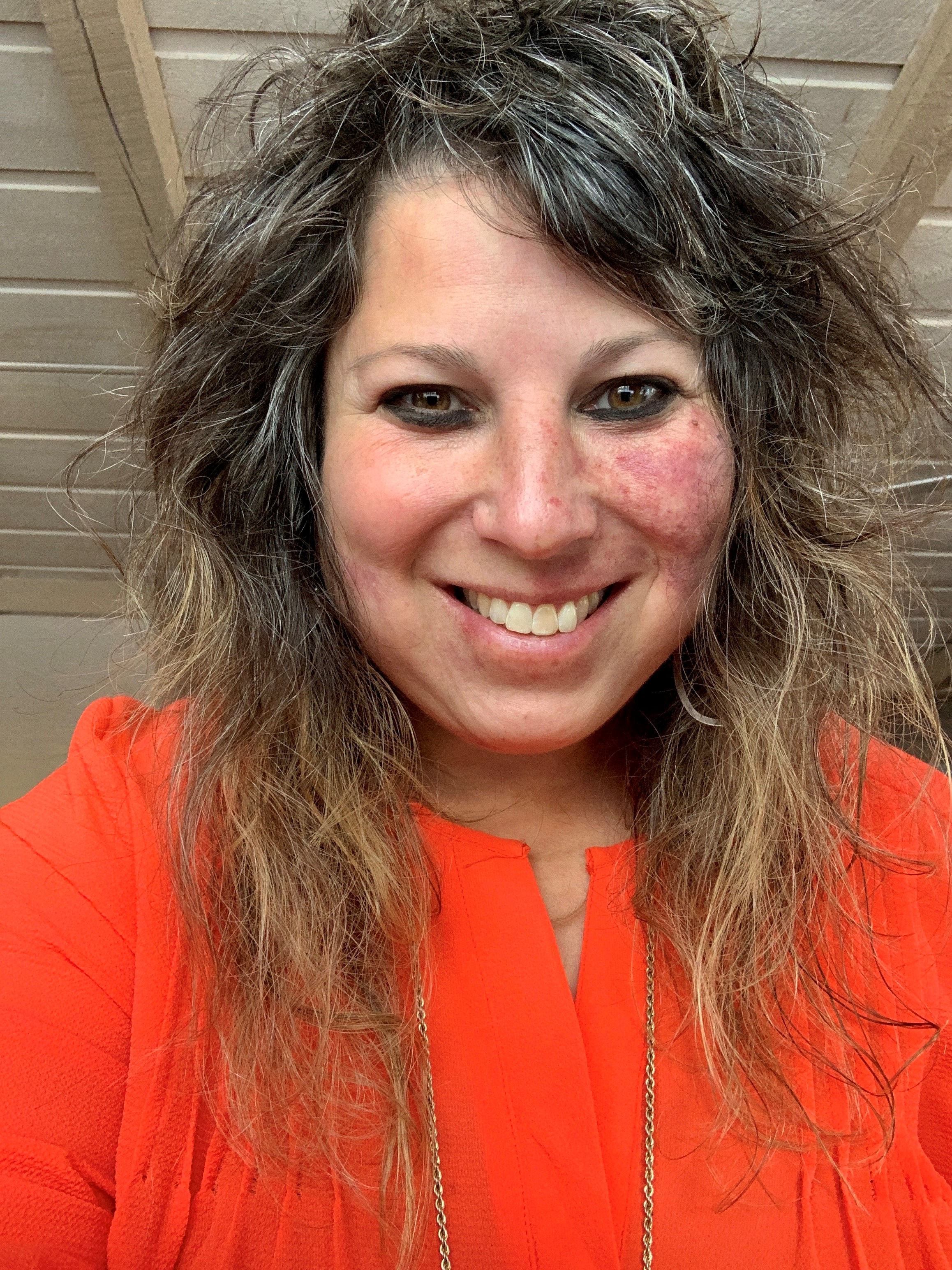Diversity in U.S. medicine not keeping up with population changes, analysis finds
Academic medical programs in the United States are lagging behind when it comes to keeping pace with the country’s rapidly increasing diverse population, according to a new special report.
The analysis, published in the New England Journal of Medicine, and conducted by researchers at Massachusetts General Hospital, evaluated whether clinical faculty and leadership representation at academic medical schools reflected the diversifying population in the U.S. over time.
Led by Sophia Kamran, MD, a radiation oncologist at Mass General Cancer Center, the research team analyzed data spanning 1977 to 2019 from the Association of American Medical Colleges (AAMC). The data represented clinical faculty, full professors, department chairs, and deans in 18 clinical academic departments. Faculty members were stratified according to sex as well as race and ethnicity. The study further stratified faculty members who were underrepresented in medicine (URM), which the AAMC defines as people who identify as Black, Hispanic, non-Hispanic Native Hawaiian or other Pacific Islander, or non-Hispanic American Indian or Alaska Native.
Researchers found some positive progress in female representation among clinical faculty, which increased from 14.8 percent in 1977 to 43.3 percent in 2019. The proportion of female deans rose from zero to 18.3 percent.
While Kamran and her team saw the proportion of URMs in academic medicine increase over the 42-year study period, those increases were minimal. They found Black and Hispanic women and men still represent a small part of total clinical faculty. In addition, AAMC data revealed that growth and representation of Black men in academic medicine has stagnated or decreased, particularly among clinical faculty and department chairs, a trend that began about a decade ago.
“This is an area in desperate need of study, because we need to reverse these trends in order to address the lack the Black leadership at all levels of academic medicine,” said Kamran in a statement.
In addition, the study found at all faculty levels, non-Hispanic Native Hawaiian/other Pacific Islander and non-Hispanic American Indian/Alaska Native accounted for less than 1 percent.
The study also compared AAMC’s numbers with U.S. Census data to find that while a proportion of women in academic medicine today has risen sufficiently over the past four decades to mirror more closely that of the population of women in this country, academic medicine is not keeping pace with how diverse the country has become. Researchers concluded URM representation at all levels in academic medicine is further away from reflecting the U.S. population today than it was in 2000.
“We have to focus on retention and development,” Kamran said. “We need evidence-based initiatives that create inclusive environments that can support cultural change.”




















SHARE